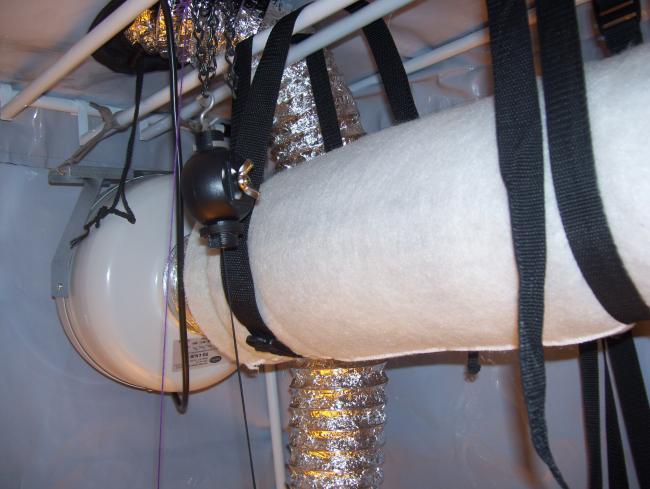Ventilation in plant cultivation
2021-09-30

Ventilation in plant cultivation
Prepare the room
The location of the vents
Mechanical ventilation

Installation of ventilation

Ventilation too loud

The fan inside the growbox
The question of smell
- I. connection diameter - the diameter of the filter and ventilation ducts should be adjusted so that they can be connected efficiently;
- II. efficiency - the filter efficiency expressed in cubic meters per hour must be higher than the fan efficiency in order not to block the air flow;
- III. dimensions - the filter must easily fit in the designated place in the growbox.
Installation of the carbon filter
The carbon issue

Summary
Recommended


